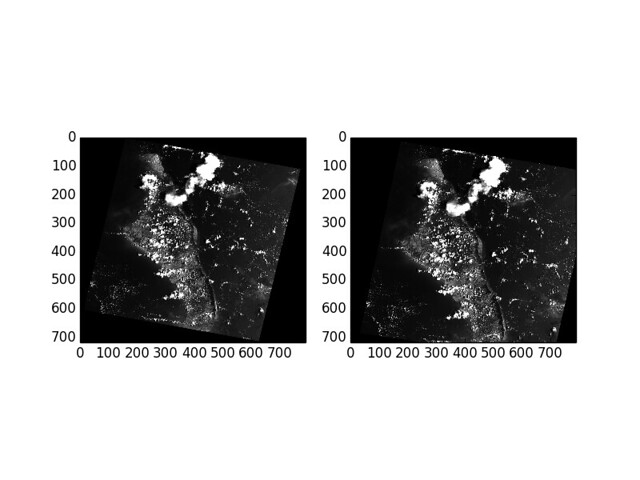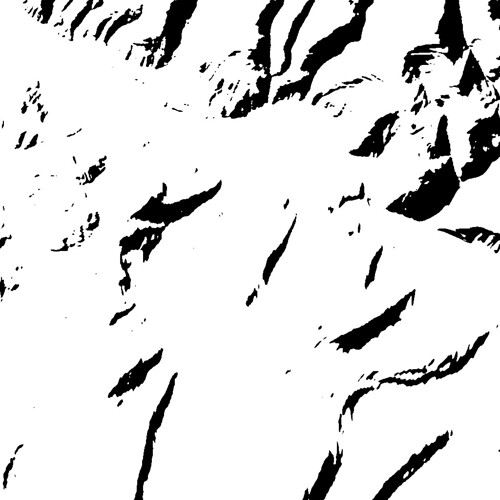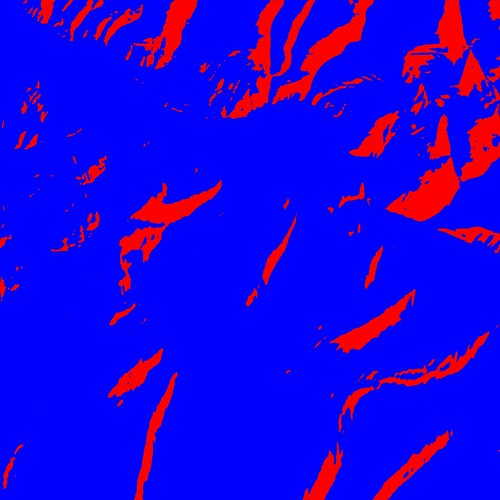Pruning CRS from GeoJSON
I uploaded version 4 of the GeoJSON I-D to the IETF's tracker yesterday. It contains a major change to section 3. In version 3, the draft contained more or less the same text as in http://geojson.org/geojson-spec.html, but version 4 declares that coordinate reference systems other than the default are not recommended and that means of describing them, including the CRS object of the original 2008 spec, are now application specific concerns. In other words, if you want projected coordinates in the GeoJSON that travels between the front and back ends of your web app you're on your own. Furthermore, you're doing it wrong if you publish this projected GeoJSON to the open web and expect processors to have access to an EPSG database.
I've been watching the IETF JSON Working Group's JSON, I-JSON, and JSON Sequence discussions closely while revising the GeoJSON I-D. Version 4 treats CRS like RFC 7159 treats character encoding, acknowledging other coordinate reference systems while making a very strong recommendation for using the default CRS. You could say CRS84 is our UTF-8. Version 4 also requires that coordinates not be ordered latitude, longitude. Lat/lng is like our byte order mark.
Removing the CRS object description from the draft has been a goal of mine from
the start. Its poor design has been a distraction and it never was as useful to
developers as we intended. The GeoJSON draft is better without it. I get the
impression that some standards people will see its removal from the draft as
a void to be filled. CRS wonks gotta wonk, I suppose, but do developers care
very much that there is no JSON equivalent of <gml:ProjectedCRS>? I don't
think so.



